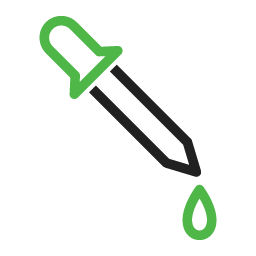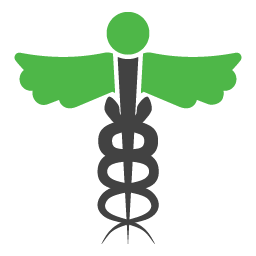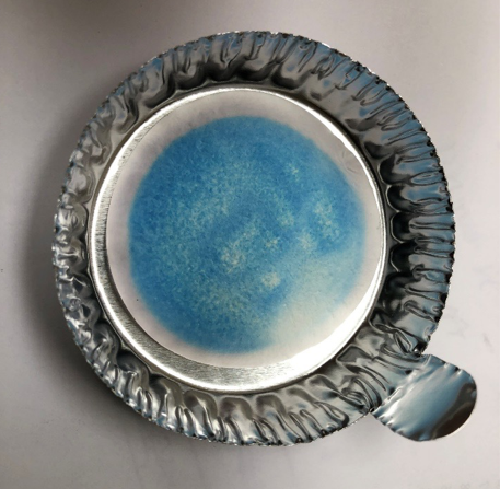Phycocyanin
Blue SpirulinaPhycocyanin is a popular, natural food colourant

Natural dye used in the food industry, most famously as the blue M&M

Phycocyanin has antioxidant properties and has been linked to preventing neurological diseases amongst others

It is also used in medicine and genetics where it acts as a tracer due to its natural fluorescence, and as a key element of UV-inhibitive clothing
The Phycocyanin Market

Market Size
$1.3 billion USD

Annual Growth Rate
7%

Price Per Tonne
$175,000 to $300,000 (algae typically contains 10% to 20% phycocyanin)

Regulatory
US FDA approved for use as natural food colourant
Pond & Phycocyanin

Blue Spirulina grown by Pond
-
Phycocyanin is extracted from a protein complex in Spirulina (A.
platensis ). It’s quality and price vary according to its purity ratio, i.e. the concentration of Phycocyanin versus theamount of other proteins. -
Spirulina is produced in outdoor open systems, in both Hawaii and parts of Asia which are prone to contamination. Some Asian imports have trace amounts of lead, arsenic, cadmium, mercury, and aluminum.
-
Meanwhile, enclosed, controlled systems (like Pond’s) produce a higher quality product that may be able to demand a superior price.
-
Pond’s design for its first commercial plant has an annual capacity of nearly 2000 tonnes of Spirulina which could contain 10% to 20% phycocyanin.
-
Booster Juice recently launched a line of products built around the health benefits of Blue Spirulina, continuing their push to bring Spirulina and other strains into the mainstream consumer market.
